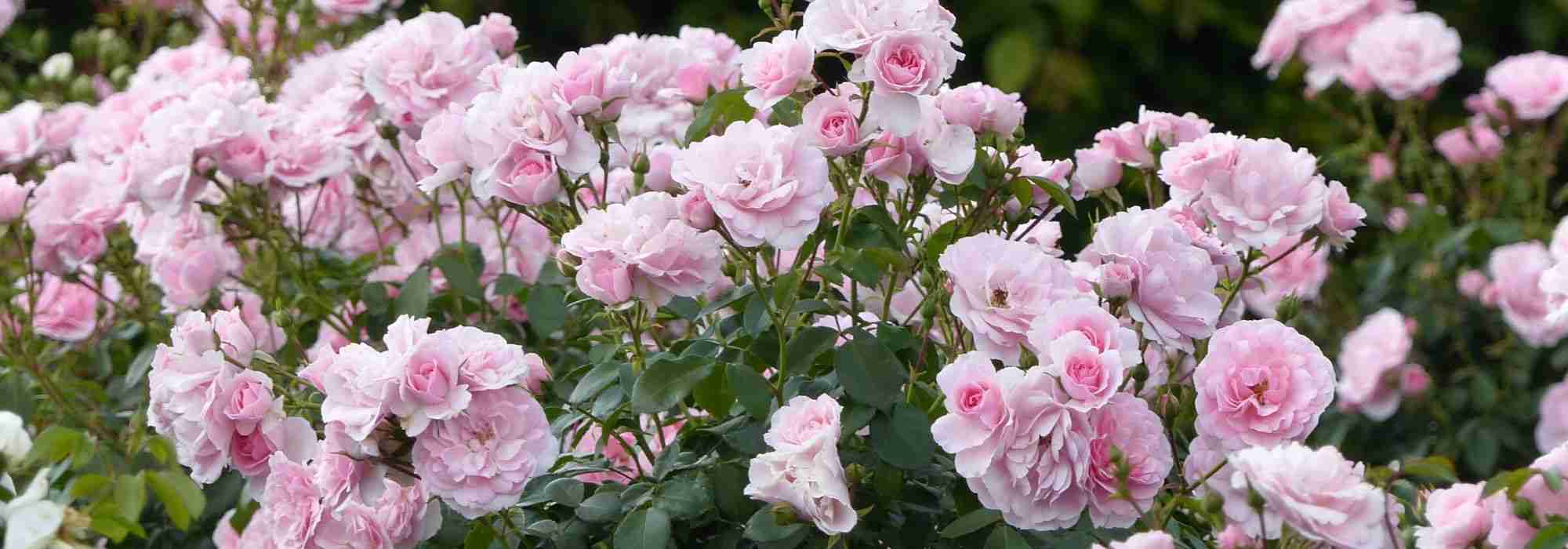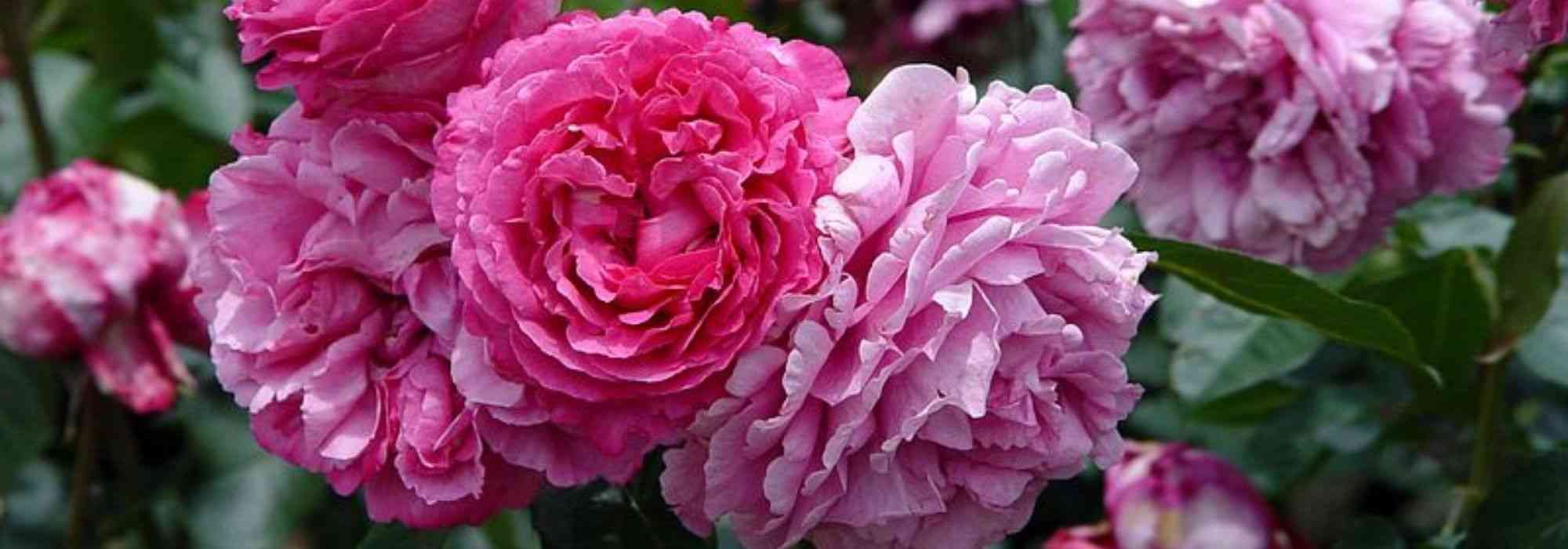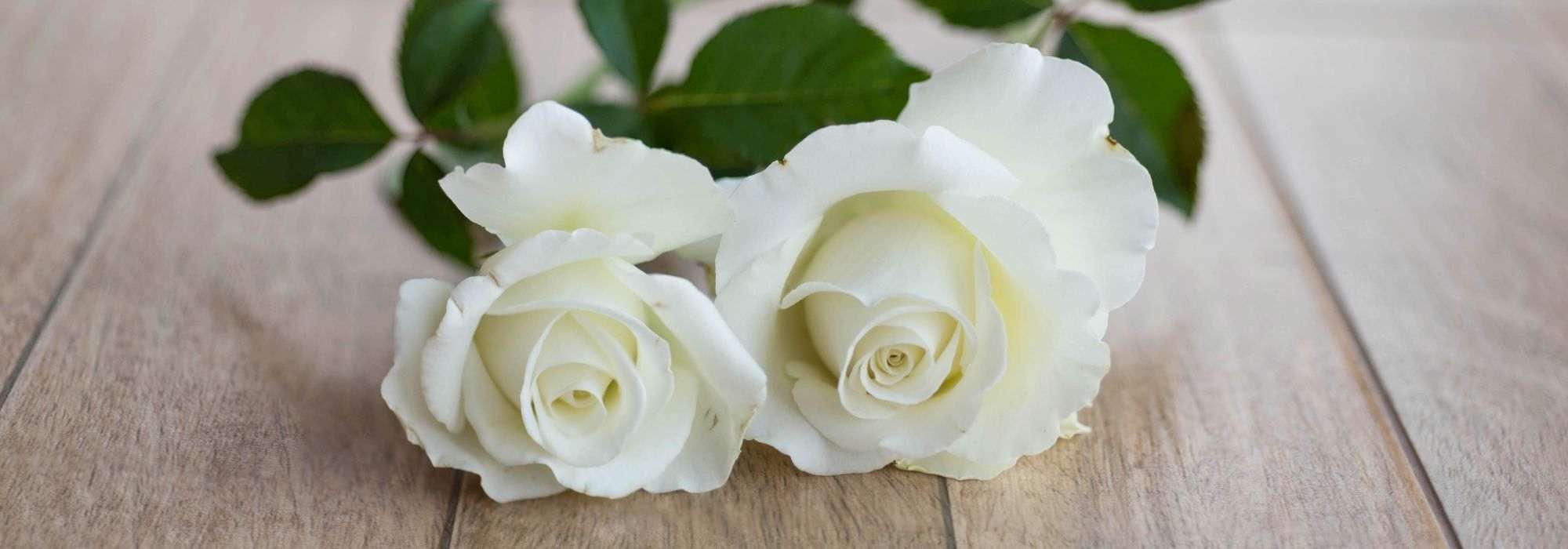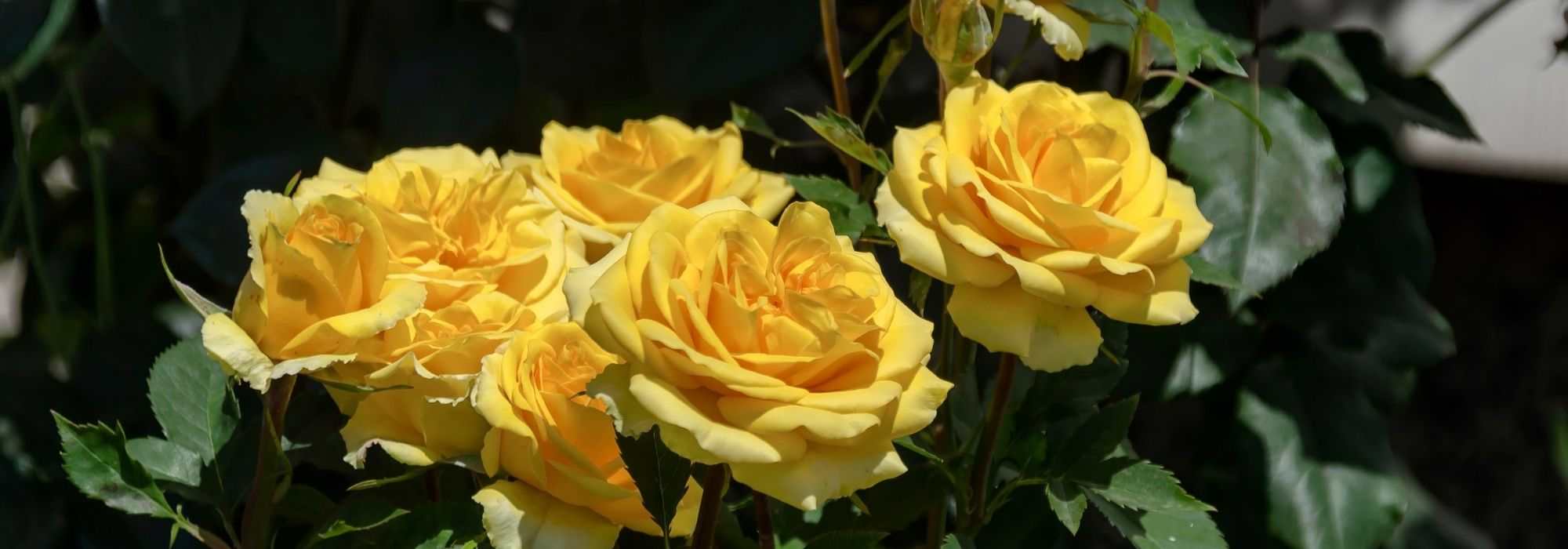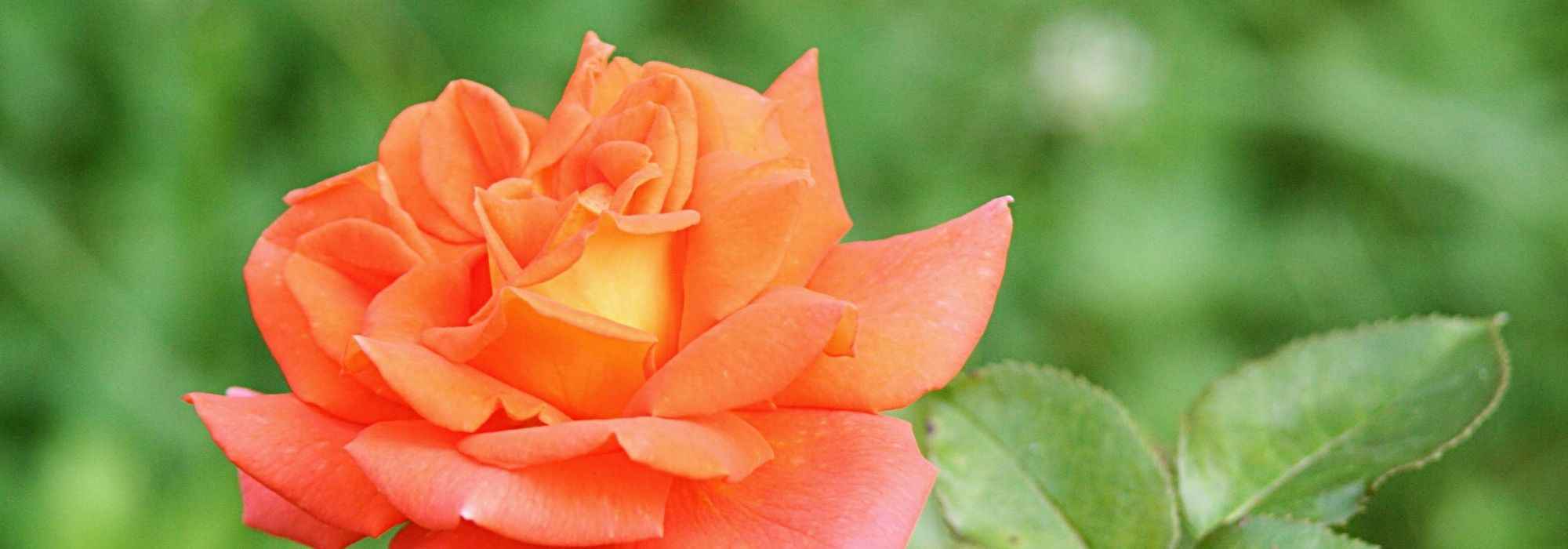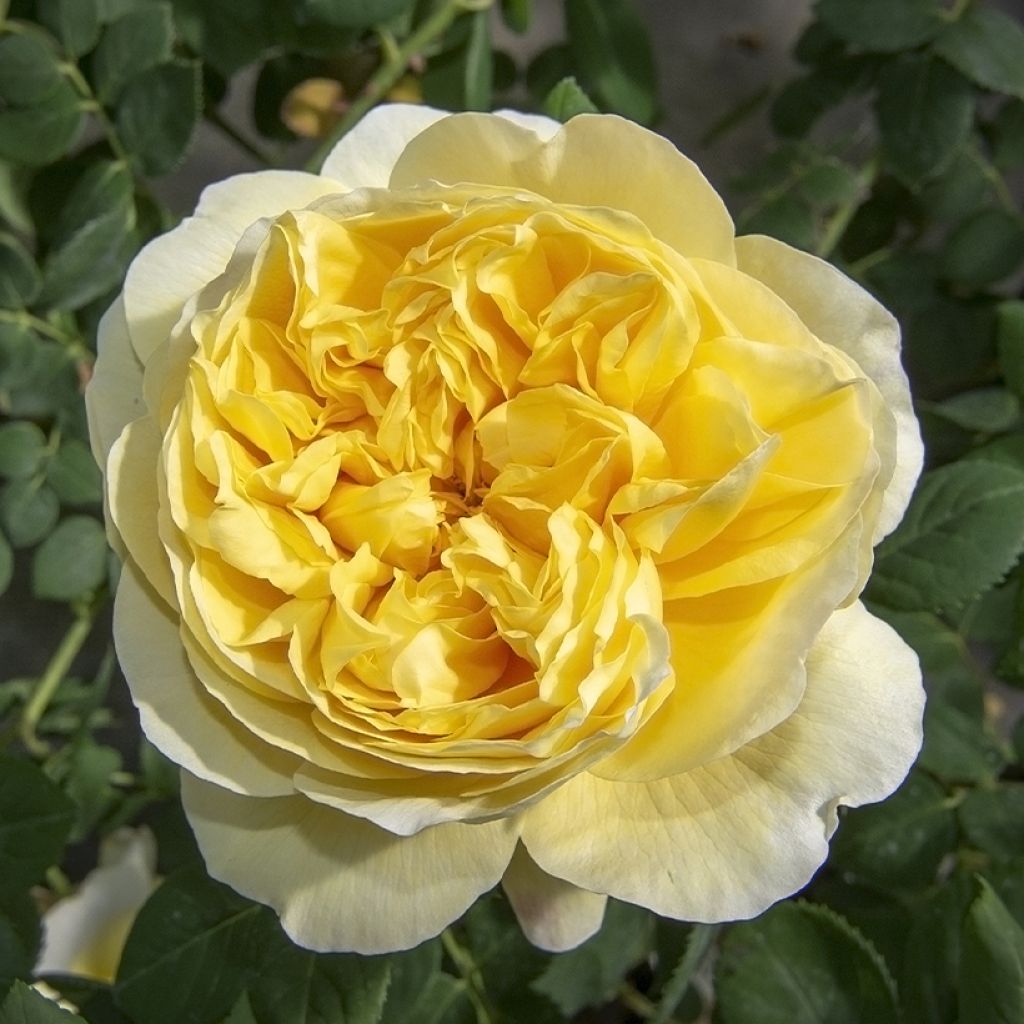

Rosa Rose de Bretagne
Rosa Rose de Bretagne
Rosa Rose de Bretagne® 'Adareflixa'
Well established, waiting for flowering.
Monitou , 20/05/2025
Special offer!
Receive a €20 voucher for any order over €90 (excluding delivery costs, credit notes, and plastic-free options)!
1- Add your favorite plants to your cart.
2- Once you have reached €90, confirm your order (you can even choose the delivery date!).
3- As soon as your order is shipped, you will receive an email containing your voucher code, valid for 3 months (90 days).
Your voucher is unique and can only be used once, for any order with a minimum value of €20, excluding delivery costs.
Can be combined with other current offers, non-divisible and non-refundable.
Home or relay delivery (depending on size and destination)
Schedule delivery date,
and select date in basket
We guarantee the quality of our plants for a full growing cycle, and will replace at our expense any plant that fails to recover under normal climatic and planting conditions.
Description
Rosa Rose de Bretagne is a modern hybrid tea rose that stands out with its disease resistance and robustness. Its repeat-flowering is truly remarkable. Its sumptuous roses have a romantic shape and a bright colour: a delicate light-yellow with a more intense heart. The fragrance they exude is astonishing, with strong notes of lemon. Its generous flowering beautifies the garden from spring to autumn, while its dark green and glossy foliage adds an extra touch of elegance. This versatile variety is perfect for flower beds and borders. Its cut flowers make stunning bouquets.
Unveiled in 2020, Rosa Rose de Bretagne® 'Adareflixa' was created by Michel Adam at the request of the Rotary® Club of Ille-et-Vilaine. It is distributed worldwide by NIRP International, a Franco-Italian company that excels in the research, hybridisation, selection, and commercialisation of new rose varieties, whether for use as cut flowers or in gardens. This variety belongs to the hybrid tea or large-flowered rose family. It was awarded the Certificate of Merit 2021 at the famous International New Rose Competition in Nyon, Switzerland.
It has a rapid growth rate, dense vegetation, and a compact habit. It will reach a height of 80cm (32in) to 1m (4ft) and a spread of 0.50 to 0.70m (2ft). This shrub is characterised by strong and thorny branches that support dense foliage divided into large dentate leaves of a shiny dark green. From May-June to October, it offers generous and continuous flowering. The bright yellow buds open into superb flowers measuring 12 to 14cm (5 to 6in) in diameter, composed of 40 to 50 petals, typical of hybrid tea roses. Regularly remove faded flowers to encourage new blooms to form. Each flower is borne at the end of a long and sturdy thorny stem, which is ideal for cut flowers. It has a beautiful light-yellow colour, adorned with a deeper yellow heart. Its enchanting fragrance reveals intense lemony notes.
Rosa Rose de Bretagne is a radiant, warm, robust, and generous rose. To fully exploit its potential, it simply needs fertile soil that is not too dry in summer. Its luxuriant growth, gentle hue, and intoxicating fragrance make it a perfect choice for embellishing a small hedge, a rose bed, or light perennials. It can also be used as a solitary plant in a well-maintained small garden. For a spectacular effect, plant it in groups of three. Combine it with yellow, white, or salmon-orange roses. In a bed of colourful shrubs, you can plant it with weigelas, dwarf abelias, caryopteris, or even lavenders. You can also pair it with blue bellflowers, delphiniums, and Verbena 'Buenos Aires'. The cut flowers of this rose have good longevity and are naturally perfect for creating beautiful bouquets. Thanks to its compact habit, this rose adapts perfectly to container gardening on patios and balconies. Just make sure to water it regularly and provide it with the necessary fertilisers for it to fully thrive.
Plant habit
Flowering
Foliage
Botanical data
Rosa
Rose de Bretagne® 'Adareflixa'
Rosaceae
Cultivar or hybrid
Planting and care
Plant in a sunny or lightly shaded location. Modern roses are tolerant, but do not appreciate excessive limestone or acidity. They will adapt to any garden as long as the soil is well worked, not too heavy, and sufficiently rich. To plant your rose, work the soil by crumbling it and add fertiliser to the bottom of the planting hole (dried blood or dehydrated horn, for example). Water generously after planting to remove any air pockets. Water regularly for a few weeks to facilitate root growth.
Regularly remove faded flowers to encourage new blooms.
Roses are often stained or unsightly at the end of summer, but this will not hinder their development. These spots are a natural phenomenon and will not harm the rose.
Planting period
Intended location
Care
Planting & care advice
-
, onOrder confirmed
Reply from on Promesse de fleurs
Haven't found what you were looking for?
Hardiness is the lowest winter temperature a plant can endure without suffering serious damage or even dying. However, hardiness is affected by location (a sheltered area, such as a patio), protection (winter cover) and soil type (hardiness is improved by well-drained soil).

Photo Sharing Terms & Conditions
In order to encourage gardeners to interact and share their experiences, Promesse de fleurs offers various media enabling content to be uploaded onto its Site - in particular via the ‘Photo sharing’ module.
The User agrees to refrain from:
- Posting any content that is illegal, prejudicial, insulting, racist, inciteful to hatred, revisionist, contrary to public decency, that infringes on privacy or on the privacy rights of third parties, in particular the publicity rights of persons and goods, intellectual property rights, or the right to privacy.
- Submitting content on behalf of a third party;
- Impersonate the identity of a third party and/or publish any personal information about a third party;
In general, the User undertakes to refrain from any unethical behaviour.
All Content (in particular text, comments, files, images, photos, videos, creative works, etc.), which may be subject to property or intellectual property rights, image or other private rights, shall remain the property of the User, subject to the limited rights granted by the terms of the licence granted by Promesse de fleurs as stated below. Users are at liberty to publish or not to publish such Content on the Site, notably via the ‘Photo Sharing’ facility, and accept that this Content shall be made public and freely accessible, notably on the Internet.
Users further acknowledge, undertake to have ,and guarantee that they hold all necessary rights and permissions to publish such material on the Site, in particular with regard to the legislation in force pertaining to any privacy, property, intellectual property, image, or contractual rights, or rights of any other nature. By publishing such Content on the Site, Users acknowledge accepting full liability as publishers of the Content within the meaning of the law, and grant Promesse de fleurs, free of charge, an inclusive, worldwide licence for the said Content for the entire duration of its publication, including all reproduction, representation, up/downloading, displaying, performing, transmission, and storage rights.
Users also grant permission for their name to be linked to the Content and accept that this link may not always be made available.
By engaging in posting material, Users consent to their Content becoming automatically accessible on the Internet, in particular on other sites and/or blogs and/or web pages of the Promesse de fleurs site, including in particular social pages and the Promesse de fleurs catalogue.
Users may secure the removal of entrusted content free of charge by issuing a simple request via our contact form.
The flowering period indicated on our website applies to countries and regions located in USDA zone 8 (France, the United Kingdom, Ireland, the Netherlands, etc.)
It will vary according to where you live:
- In zones 9 to 10 (Italy, Spain, Greece, etc.), flowering will occur about 2 to 4 weeks earlier.
- In zones 6 to 7 (Germany, Poland, Slovenia, and lower mountainous regions), flowering will be delayed by 2 to 3 weeks.
- In zone 5 (Central Europe, Scandinavia), blooming will be delayed by 3 to 5 weeks.
In temperate climates, pruning of spring-flowering shrubs (forsythia, spireas, etc.) should be done just after flowering.
Pruning of summer-flowering shrubs (Indian Lilac, Perovskia, etc.) can be done in winter or spring.
In cold regions as well as with frost-sensitive plants, avoid pruning too early when severe frosts may still occur.
The planting period indicated on our website applies to countries and regions located in USDA zone 8 (France, United Kingdom, Ireland, Netherlands).
It will vary according to where you live:
- In Mediterranean zones (Marseille, Madrid, Milan, etc.), autumn and winter are the best planting periods.
- In continental zones (Strasbourg, Munich, Vienna, etc.), delay planting by 2 to 3 weeks in spring and bring it forward by 2 to 4 weeks in autumn.
- In mountainous regions (the Alps, Pyrenees, Carpathians, etc.), it is best to plant in late spring (May-June) or late summer (August-September).
The harvesting period indicated on our website applies to countries and regions in USDA zone 8 (France, England, Ireland, the Netherlands).
In colder areas (Scandinavia, Poland, Austria...) fruit and vegetable harvests are likely to be delayed by 3-4 weeks.
In warmer areas (Italy, Spain, Greece, etc.), harvesting will probably take place earlier, depending on weather conditions.
The sowing periods indicated on our website apply to countries and regions within USDA Zone 8 (France, UK, Ireland, Netherlands).
In colder areas (Scandinavia, Poland, Austria...), delay any outdoor sowing by 3-4 weeks, or sow under glass.
In warmer climes (Italy, Spain, Greece, etc.), bring outdoor sowing forward by a few weeks.

































